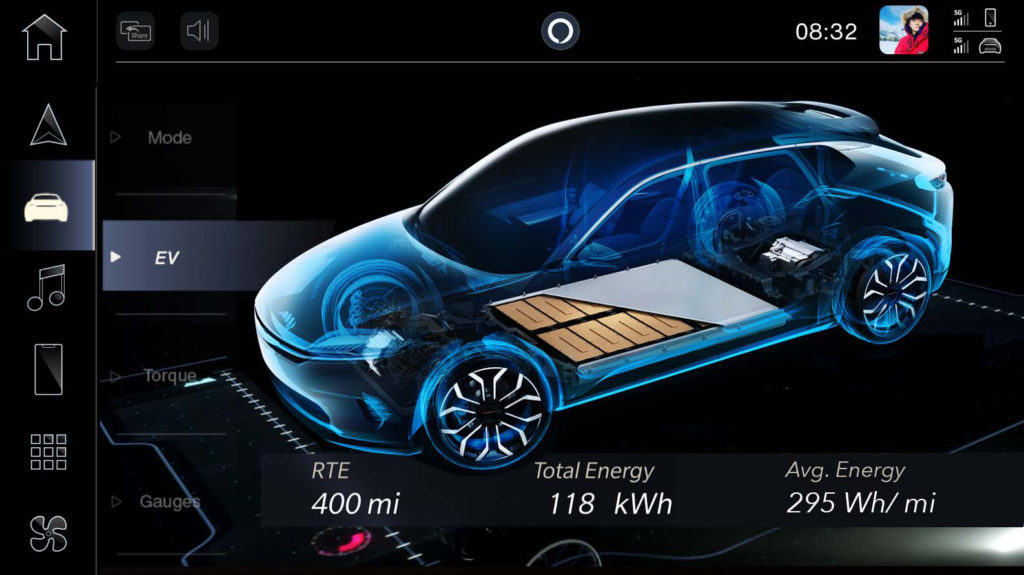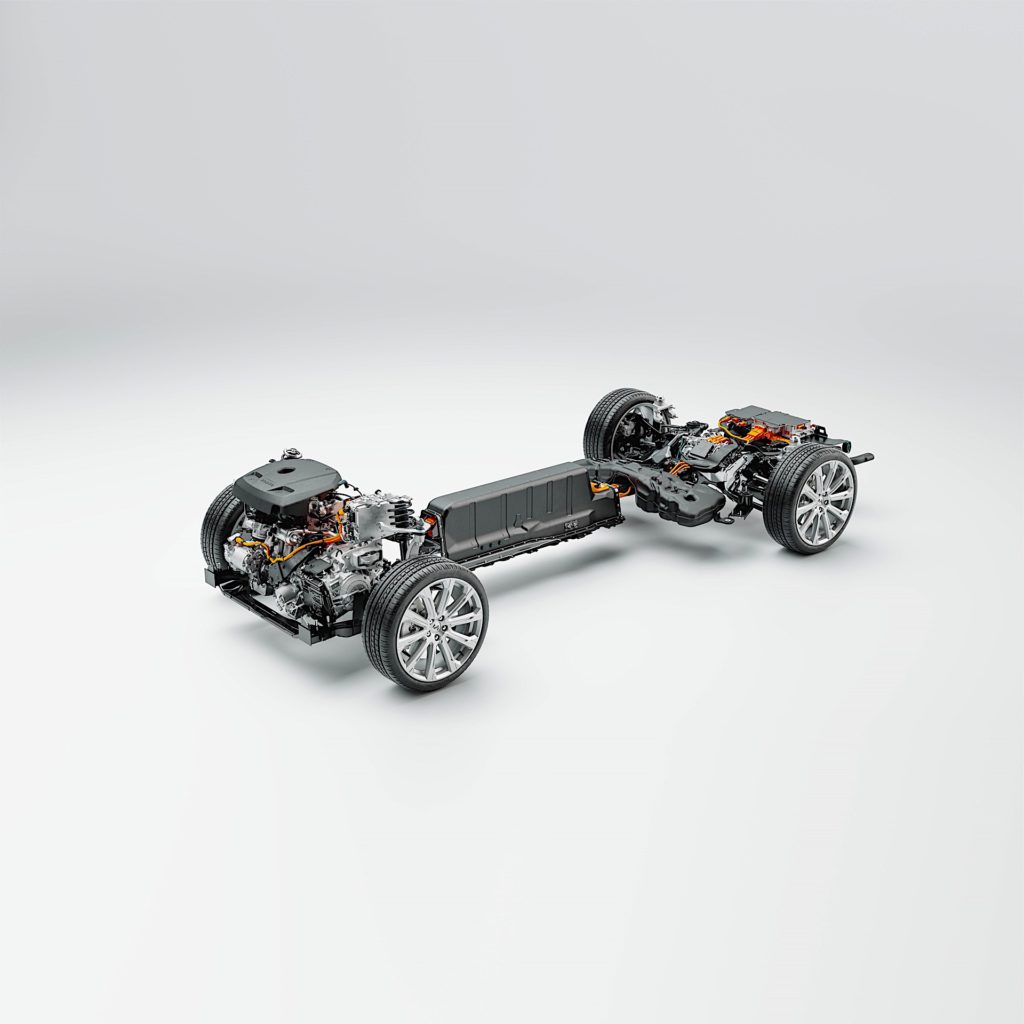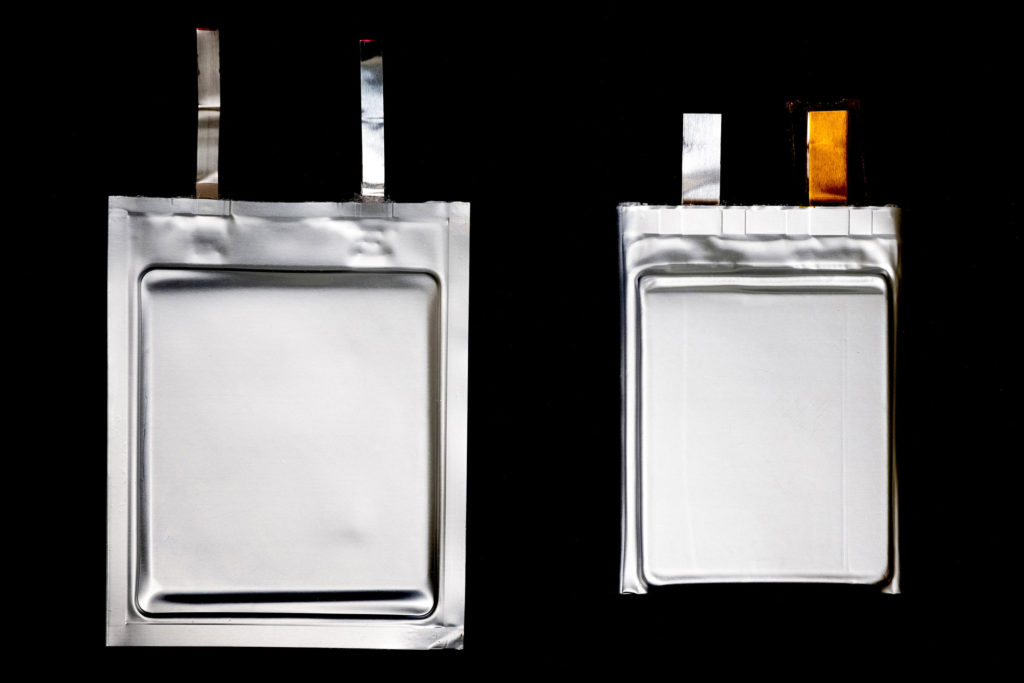There are rules for everything: Pay your taxes, wear pants, don’t drive on the sidewalk. Of course, if you own an electric vehicle, you need to be aware of the “80% rule.” So, grab your W2, don some jeans, and stay on the asphalt; here’s what you need to know.
So, why is 80% an important number to know about if you own an electric car, crossover or pickup truck? Well, there are two reasons, actually: One has to do with charging performance and the other with battery longevity, and here’s what that means. Most of the time you should only charge an EV to around 80%. That’s because, one, charging rates slow down dramatically past the 80% mark, and two, the long-term health of your vehicle’s battery pack is improved when kept at levels less than 100%.

All this sounds a bit confusing, but it really isn’t. To the point about charging rates, a good for-instance is the lovely Hyundai Ioniq 5 with the optional, long-range battery. This hatchback-like crossover can DC fast charge from 10 to 80% in an incredibly quick 18 minutes. And that is an accurate figure, one we verified in testing. Make sure to check out our EV Pulse Charging Challenge video for all the details. But do you know how long it took to get the last 20%, to totally top off that Hyundai’s battery? The Ioniq 5 needed an additional 32 minutes to go from 80 to 100%, almost twice as long as it took to go from 10 to 80.
Now why is that? Well, charging is not linear. Instead of batteries taking in energy at a constant, predictable rate, the rate actually changes based on myriad variables, though most importantly the battery’s state of charge. Simply put, the fuller the battery is, the slower it absorbs energy.
SEE ALSO: Electric vehicle chargers explained: EV Basics No. 4
And this is kind of crazy. Imagine if a conventional car’s gas tank took longer and longer to fill the closer it got to being topped off. That would be ridiculous, but this is reality for EVs, a legit downside with current battery tech. Fortunately, there are simple ways of dealing with this problem, which is what we’re here to share.
One of the best analogies for why charging slows down is that batteries are like theater seating. When you’re one of the first people to enter, it’s quick and easy to find a spot – you can sit anywhere – but as the theater fills up, it takes a lot longer to snag a seat and sit down. We tried coming up with a better analogy, like packing a suitcase or adding toppings to a hot dog, but the theater one is still tops.
It’s super important to know about the “80 % rule” if you’re on a long-distance drive in an EV, and here’s why. When it’s time to charge, it’s often smarter to stop at 80% and then get back on the road instead of waiting for the battery to completely fill up. Doing so maximizes your use of time.

If your EV has 300 miles of range when fully juiced up, that means it can go about 240 miles with an 80% state of charge. Obviously, you’re going to stop and power up before hitting zero miles, but let’s keep things simple and say 240. If the 0-to-80% recharge time is 40 minutes, you can hit the road in little more than half an hour, not too bad. If you want to fully replenish the battery, it could realistically take an additional 90 minutes to go from 80 to 100%. In the time it took you to gain that extra range, you could be a hundred miles or more down the road and in the vicinity of another charger. That’s why stopping at 80% usually makes the most sense, though that is something you have to determine.
Of course, there are instances where you’ll want to wait longer to hit 100%. Maybe there are huge distances between DC fast chargers and you need every bit of range you can get. It could be the dead of winter and you’re worried about making it to your destination – you’ve got range anxiety, something we covered in another installment of EV Basics. Or let’s say you’re towing a trailer and the extra weight means you need the additional kilowatt-hours to get you to the next Electrify America station.
So, unless you’re in a specific scenario, DC fast charging to 80% (or thereabouts) makes the best use of your precious time. But there’s another reason to avoid going all the way to 100. Stopping short is a good idea because it can help preserve battery life in the long run.

With an eye on maintaining battery health, charging to 80% makes a lot of sense. It’s something you’ll probably want to do. Whether it’s a phone, cordless drill, or your car, batteries simply don’t like to be full. Keeping them topped to the brim means over time the maximum kilowatt-hours they can hold shrinks faster than it would otherwise.
Always concerned about warranty costs, automakers even suggest limiting how much you charge. On Ford’s F-150 Lightning website they say: “Ford recommends that you charge to 90% for everyday driving and charge to 100% when you need the full range for a trip. Charging to 90% helps prolong the life of your battery.”
With its iX utility vehicle, BMW has a similar advisory in the owner’s manual. “To optimize the service life of the high-voltage battery… Keep the charge level between 10% to 80% if possible… by setting a charging target of 80%.”
READ THIS: Do I need an EV charger at home? EV Basics No. 5
Sure enough, automakers make this easy to do, so forget having to yank the cord out at 3AM when your Tesla hits 80%. Most EVs have a place in the infotainment system to set your preferred charge level and even whether you want to allow higher maximum charging when you’re not at home.
Of course, rules are meant to be broken. You absolutely can charge your EV to 100%. We’re not telling you not to do that, it’s just for optimal battery life over the long haul, charging to a lower percentage is a good idea. It’s like changing engine oil in an old-school vehicle. You can follow the manufacturer’s recommendation, but doing it more frequently is never a bad idea, especially if you plan on keeping your car or truck for many years.
Hopefully you learned a thing or two about why 80% is an important number when it comes to electric vehicles. Remember, DC fast charging slows down dramatically past that point, and for optimal longevity, it’s a good idea to limit charging to around 80% unless you need extra range.
